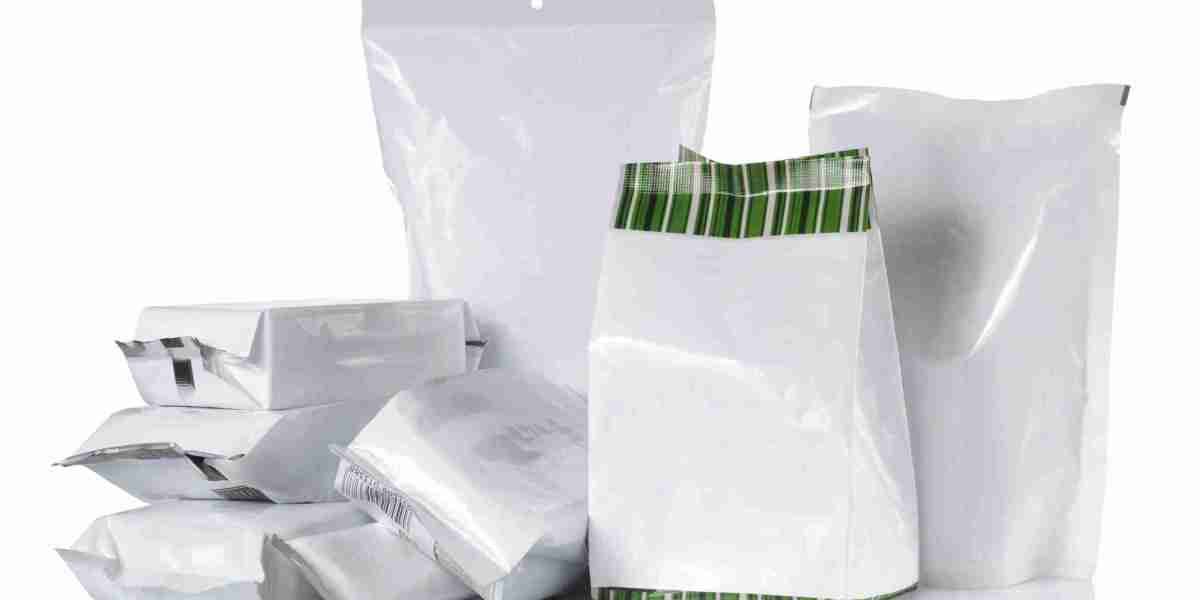The aseptic packaging market has emerged as one of the most innovative and rapidly growing sectors in the packaging industry. This growth is primarily driven by the increasing demand for extended shelf-life products, especially in the food and beverage, pharmaceutical, and dairy sectors. Aseptic packaging involves sterilizing the contents and the packaging separately, and then sealing them in a sterile environment. This method ensures that products remain safe and fresh without the need for refrigeration, making it ideal for distribution in regions with limited access to cold storage.
Rising Demand in Food & Beverage Industry
One of the key drivers of the aseptic packaging market is the growing demand for convenience foods and beverages. Consumers are increasingly looking for products that are ready-to-eat, long-lasting, and require minimal effort to prepare. Aseptic packaging enables the preservation of perishable goods, such as juices, soups, dairy products, and sauces, without compromising their quality, taste, or nutritional content. As consumers become more health-conscious and seek fresh, nutritious options, the demand for aseptic packaged products is expected to rise.
Shift Toward Eco-Friendly Solutions
Sustainability is another major trend driving the aseptic packaging market. With increasing concerns over environmental impact and plastic waste, there is a growing shift toward eco-friendly packaging solutions. Manufacturers are adopting sustainable materials such as biodegradable plastics, recyclable cartons, and plant-based packaging. Aseptic packaging companies are investing in green technologies to reduce their carbon footprint, minimize packaging waste, and improve recycling processes. The use of materials like Tetra Pak and Cardboard cartons has gained popularity as they offer both durability and recyclability.
Pharmaceutical and Healthcare Applications
In addition to the food and beverage sector, the pharmaceutical industry is also a significant contributor to the growth of the aseptic packaging market. Aseptic packaging is increasingly being used for packaging injectable drugs, vaccines, and other medical products that require sterile environments. The growing global healthcare needs, particularly with the rise in chronic diseases and the COVID-19 pandemic, have accelerated the adoption of aseptic packaging solutions in the pharmaceutical sector.
Technological Advancements
Technological advancements in automation, smart packaging, and sterilization techniques are further boosting the market. The use of robotics and artificial intelligence (AI) in aseptic packaging lines improves efficiency, precision, and safety. These innovations are making aseptic packaging more accessible to small and medium-sized enterprises (SMEs), further expanding the market.
Conclusion
The aseptic packaging market is poised for continued growth, driven by changing consumer preferences, the demand for convenience, sustainability trends, and innovations in packaging technologies. As industries evolve and global supply chains demand safer, longer-lasting, and more sustainable packaging solutions, aseptic packaging is likely to play an even more prominent role in the years to come. Manufacturers that embrace these trends and incorporate advanced technologies into their operations will be well-positioned to meet the future needs of the market.




